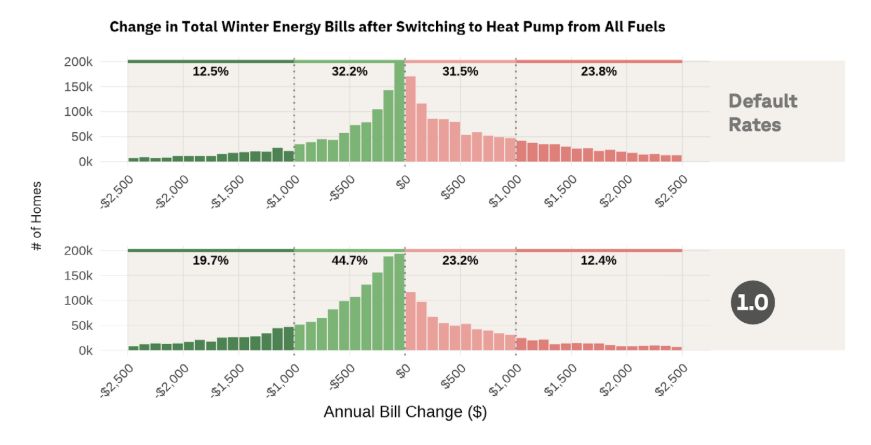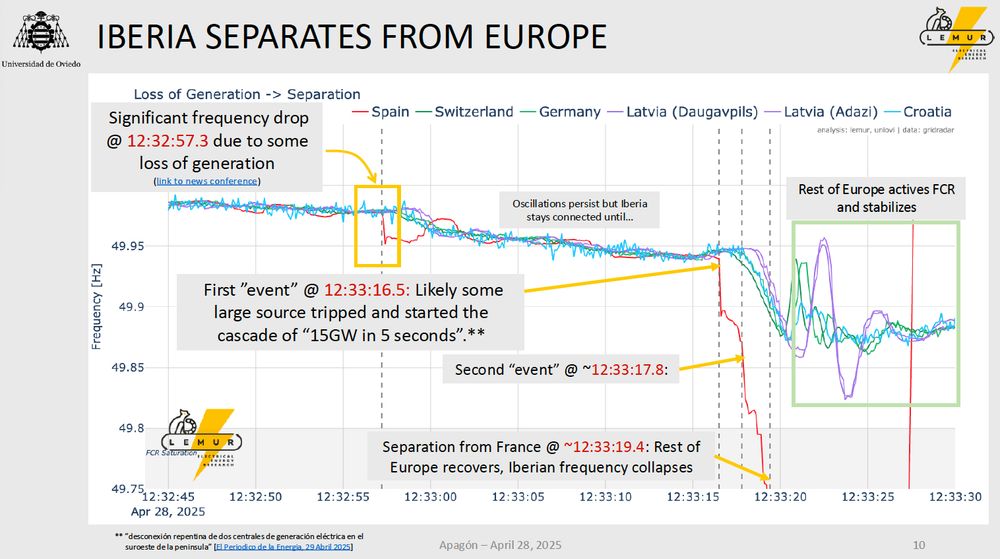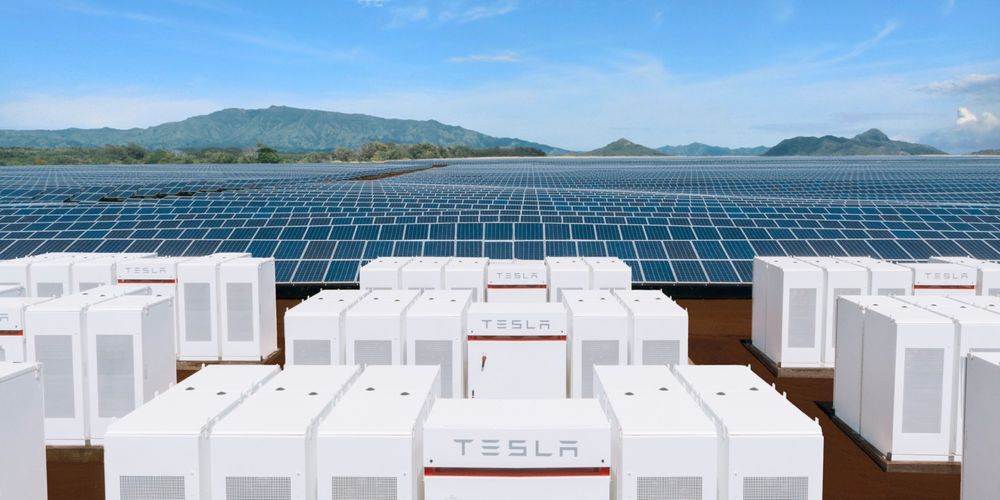
• Homes switching from natural gas would save a median of $361, per winter
• Those currently on heating oil would save a median of $1,071
• Homes with electric resistance heating would save a whopping $1,755
And no added costs for other ratepayers.
• Homes switching from natural gas would save a median of $361, per winter
• Those currently on heating oil would save a median of $1,071
• Homes with electric resistance heating would save a whopping $1,755
And no added costs for other ratepayers.







www2.nrel.gov/news/detail/...
www2.nrel.gov/news/detail/...

